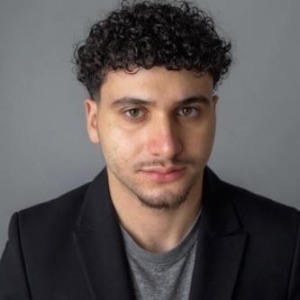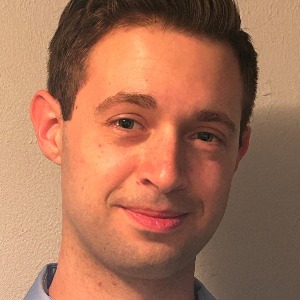Brevis Muscle
The term Brevis Muscle is a generic reference to muscles with a short fiber length or muscles that include "brevis" in their name. One example is the "abductor hallucis brevis," a muscle located in the foot. The abductor hallucis brevis is part of the intrinsic muscles of the foot, situated on the medial aspect. It functions to abduct the big toe (hallux) away from the other toes. This muscle is crucial for maintaining proper foot mechanics during activities such as walking and running. Injuries or strain to the abductor hallucis brevis may occur due to overuse or improper footwear, leading to conditions like plantar fasciitis or metatarsalgia. Rehabilitation often involves exercises to strengthen and improve flexibility in the foot muscles. Understanding the role of brevis muscles, like the abductor hallucis brevis, is essential in podiatry and orthopaedics, particularly when addressing conditions related to foot mechanics and stability. Proper care and rehabilitation can contribute to optimal foot function and overall lower limb health.

Stephen S Tower
University of Alaska Anchorage, United States
Marcos Brioschi
American Academy of Thermology, United States
Wagih El Masri
Keele University, United Kingdom
Akash Ganguly
Warrington and Halton Hospitals NHS FT, United Kingdom
Hussein Jaber
University of Cambridge, United Kingdom




Title : Knotless suture repair for chronic lateral ankle instability: A systematic review & single- arm meta-analysis
Hussein Jaber, University of Cambridge, United Kingdom
Title : The UK profemur recall and implant cobaltism
Stephen S Tower, University of Alaska Anchorage, United States
Title : The tomographic phenotype and the genotype of wormain bones
Ali Al Kaissi, National Ilizarov Medical Research Center for Traumatology and Orthopaedics, Russian Federation
Title : Total Knee Arthroplasty (TKA) in hemophilic arthropathy: Modern outcomes and perioperative strategies
Jack Russek, Touro University California, United States
Title : Musculoskeletal and orthopedic implications of Gender-Affirming Hormone Therapy (GAHT): A PRISMA-Guided systematic narrative review
Jack Russek, Touro University California, United States
Title : New treatment of muscle contracture and joint contracture through muscle regeneration with mitochondrial dynamics
Ki Ji Lee, Busan Medical University, Korea, Republic of